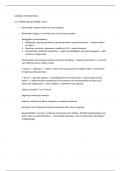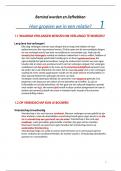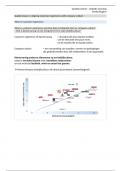College aantekeningen
Summary lectures Managing social capital
- Instelling
- Tilburg University (UVT)
COMPLETE samenvatting van alle stof voor het vak Managing social capital (2e jaars vak personeelswetenschappen, 3e jaars vak bij de minor personeelswetenschappen)
[Meer zien]













